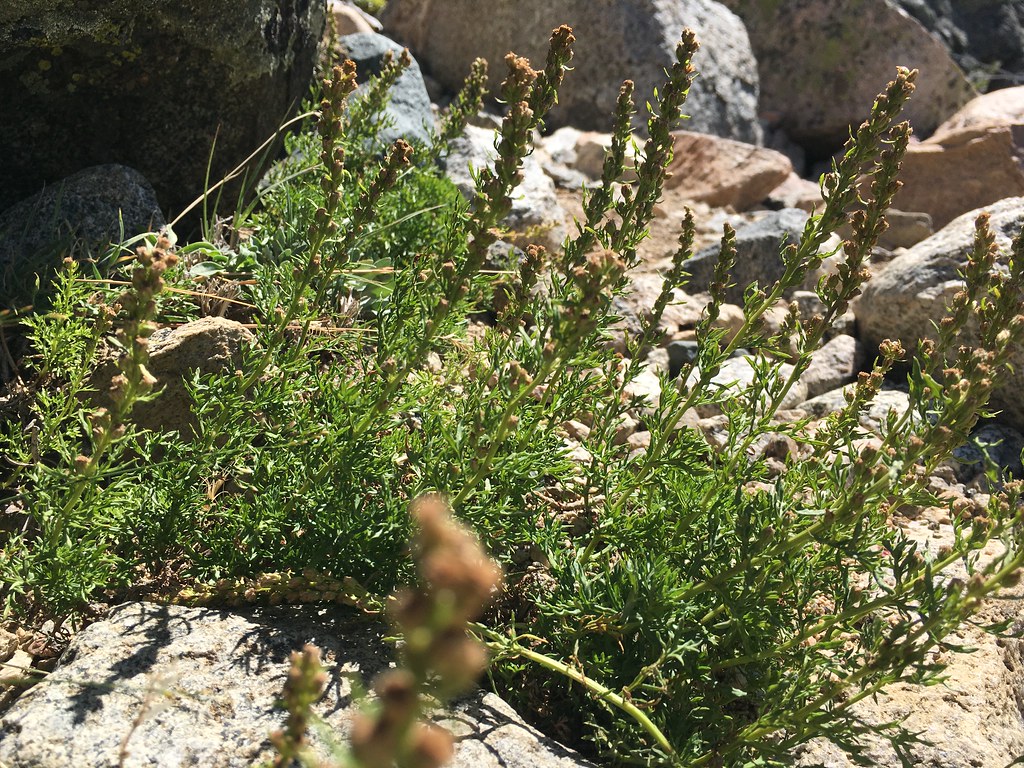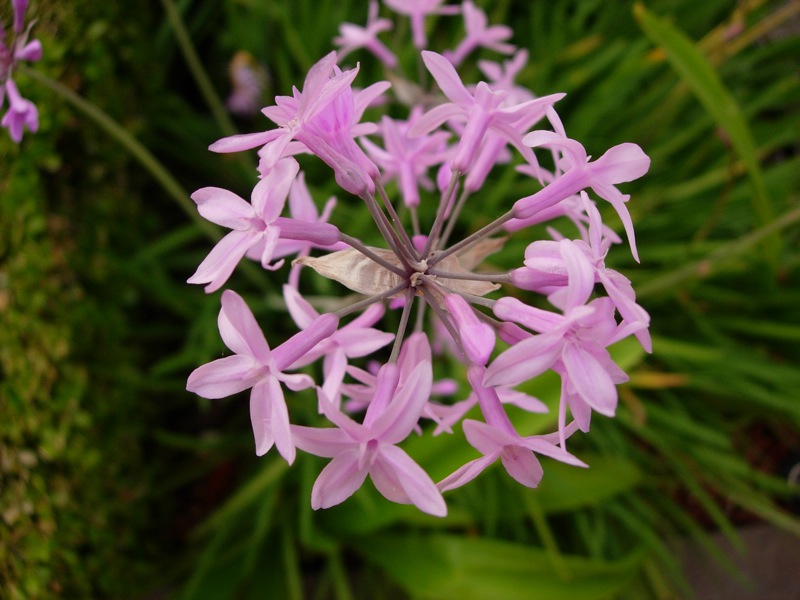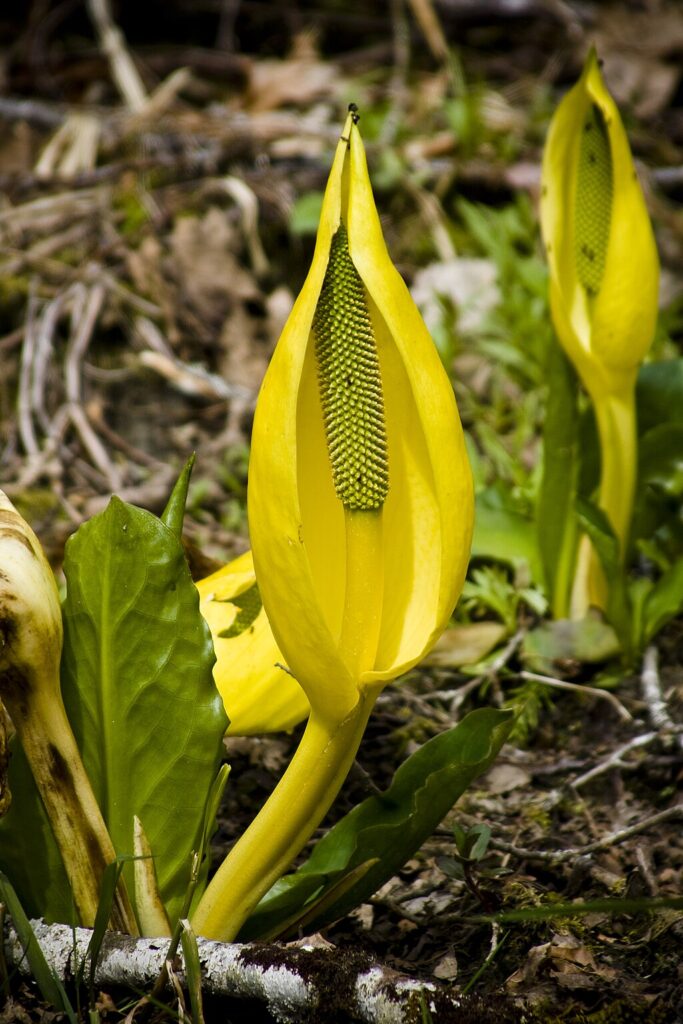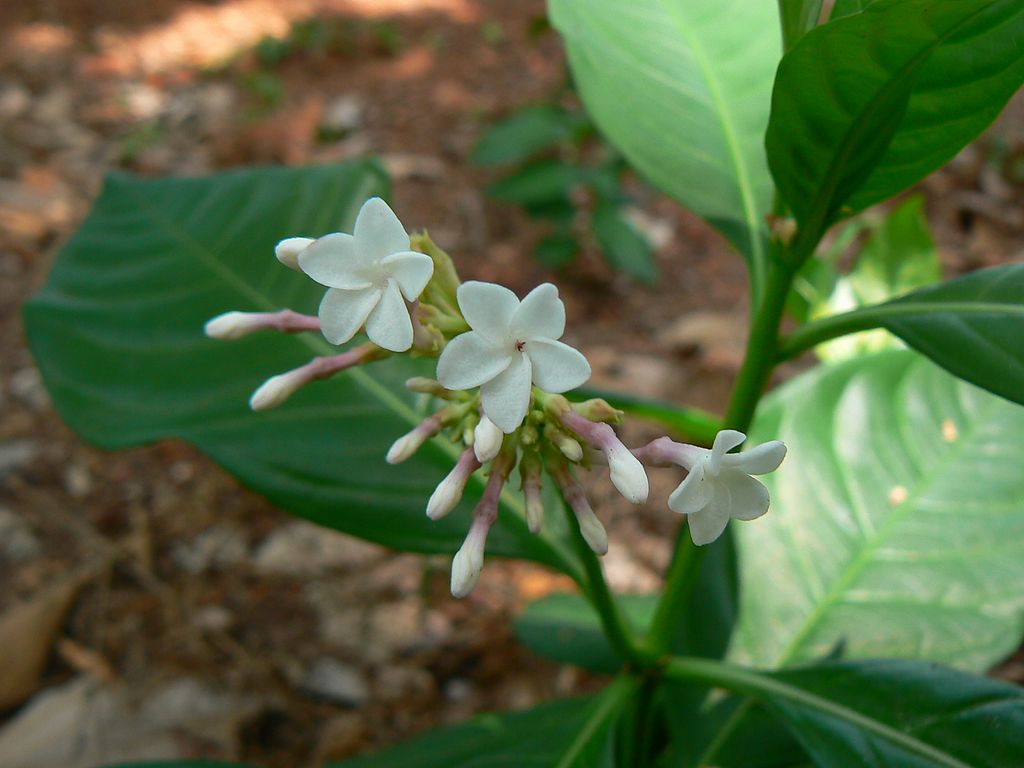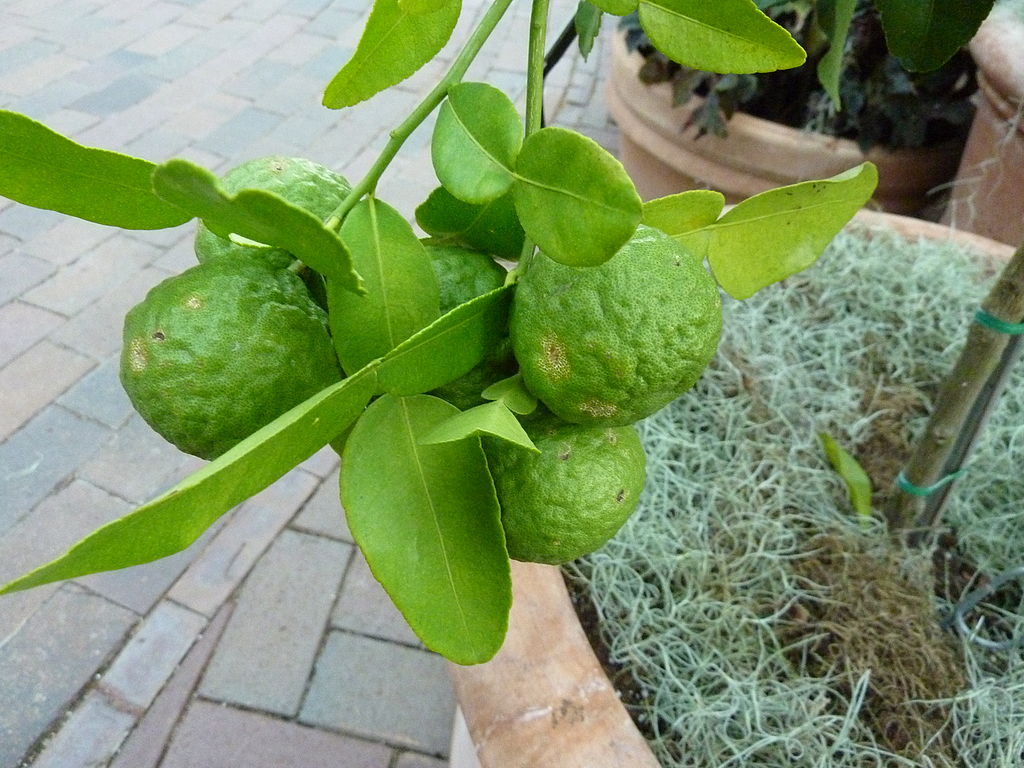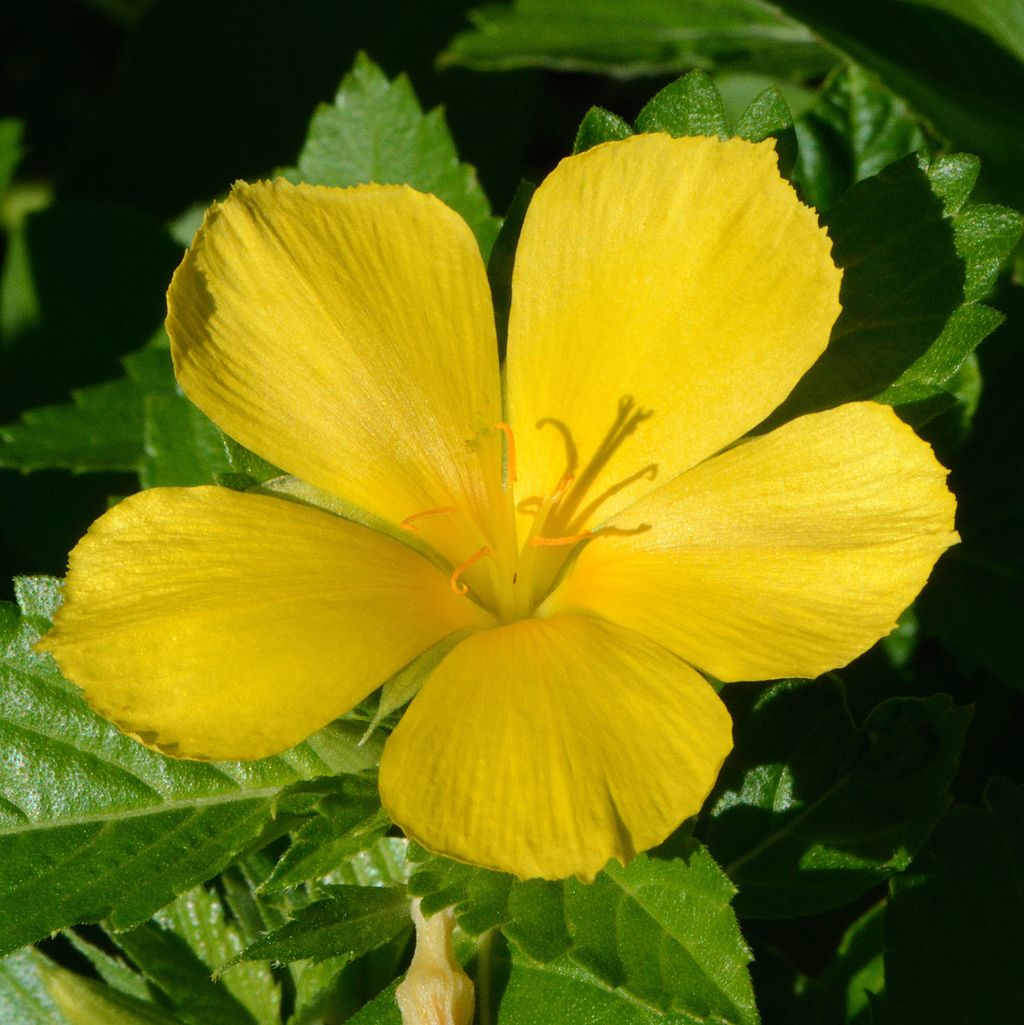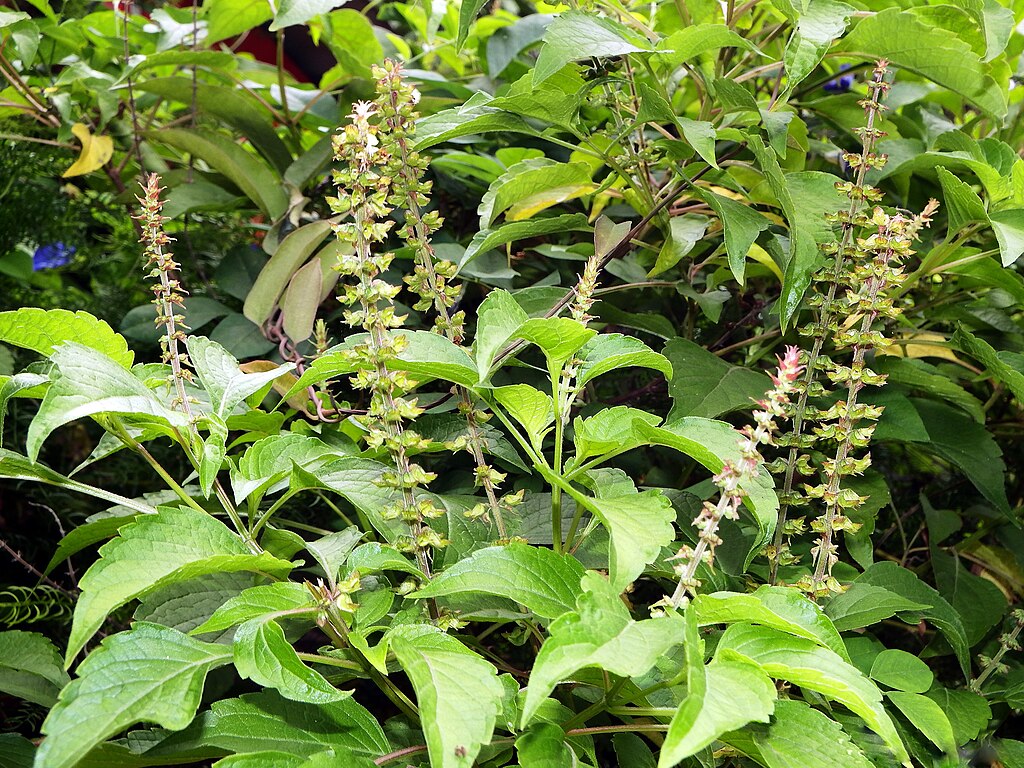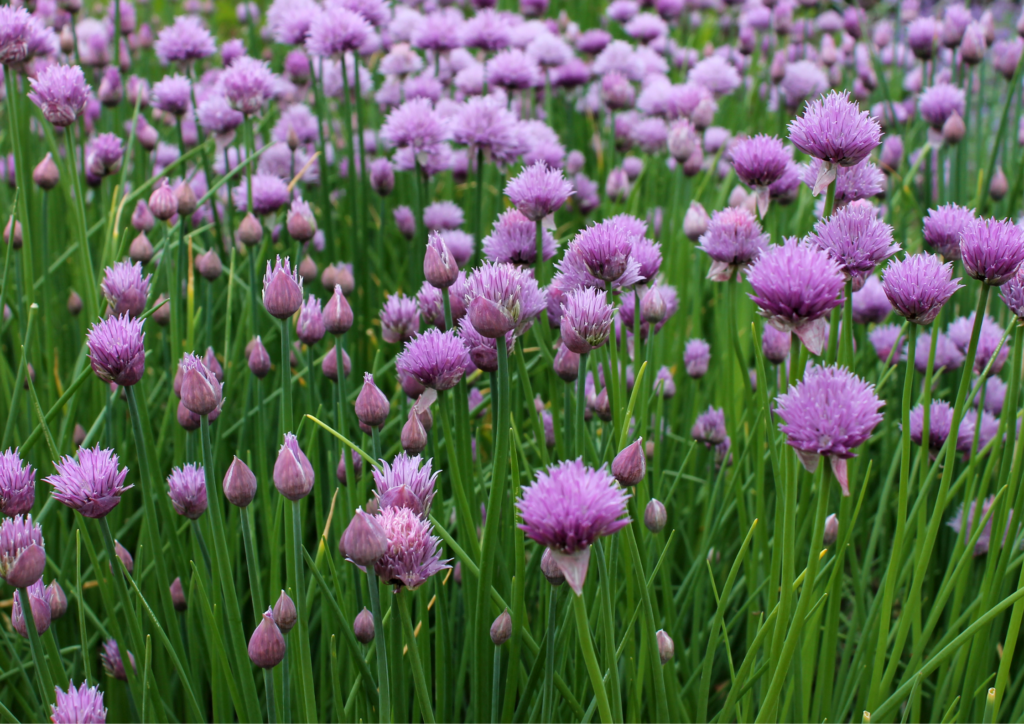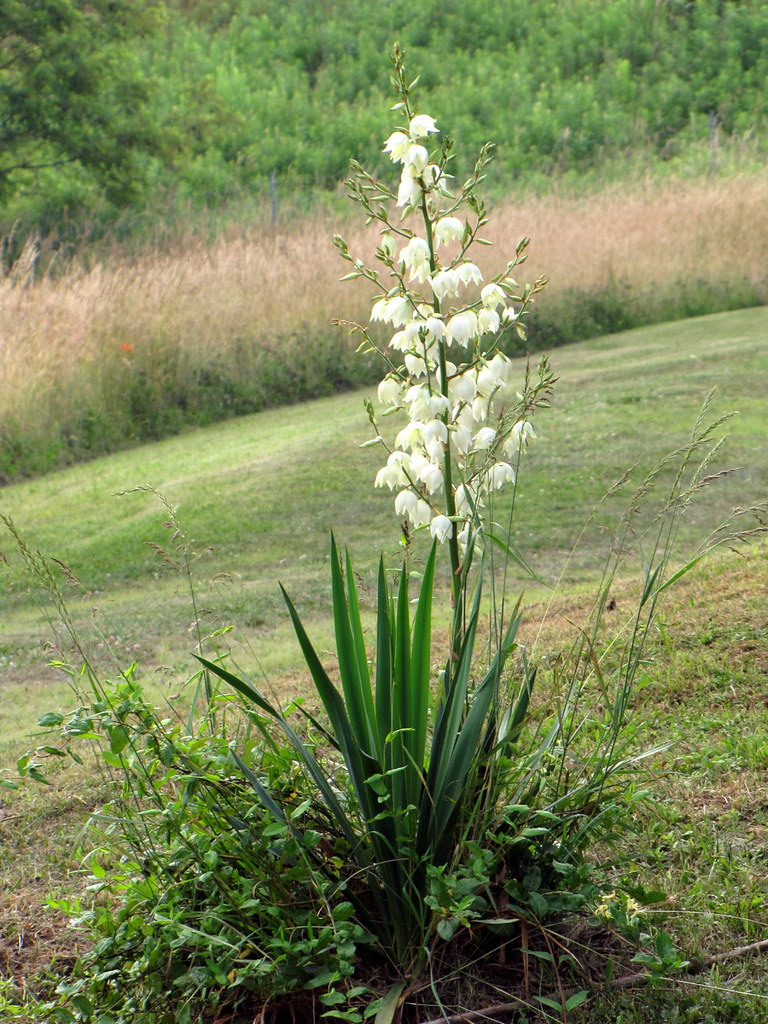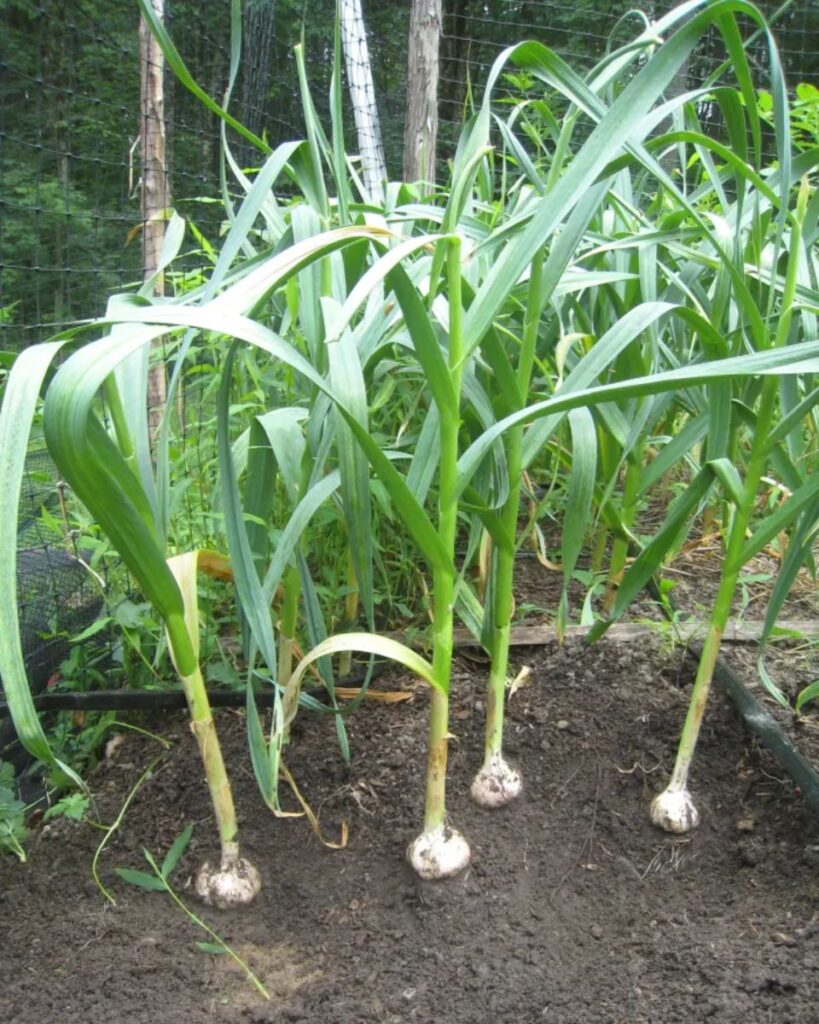Keeping snakes away from residential areas is a concern for many homeowners, especially those who enjoy gardening. While these reptiles play vital roles in ecosystems as natural pest controllers, their presence can cause significant anxiety for people who fear them.
Fortunately, nature offers solutions through certain plants that naturally repel snakes without causing them harm. These botanical deterrents work through various mechanisms, including producing scents or oils that snakes find unpleasant or creating ground cover that snakes prefer to avoid. Understanding which plants possess these snake-repelling qualities can help create safer outdoor spaces while maintaining ecological balance.
1. Marigolds
Marigolds serve as excellent snake deterrents thanks to their potent aroma. These low-maintenance flowering plants emit strong scents not only from their vibrant blooms but also through their robust root systems. The distinctive odor naturally keeps snakes at bay while simultaneously repelling other garden pests like moles and gophers.
These versatile plants offer multiple benefits for gardeners:
- Natural snake repellent
- Pest control for various garden invaders
- Pollinator attraction for improved garden health
Marigolds require minimal care to thrive. They perform best when planted in locations that receive full sunlight and need consistently moist soil to reach their full potential. Both French and American varieties work effectively as snake deterrents while adding colorful displays to garden spaces.
2. Wormwood (Mugwort)
Artemisia vulgaris, commonly known as wormwood or mugwort, serves as an effective snake-repelling plant with its distinctive silverish foliage. Snakes actively avoid this plant due to its potent aroma, making it an excellent border option for properties vulnerable to snake intrusions.
This versatile plant thrives in full sunlight and requires well-draining soil conditions. Many gardeners appreciate mugwort not only for its snake-deterrent properties but also for its attractive appearance in landscape designs.
Growing Conditions:
- Requires full sun exposure
- Needs well-draining soil
- Functions best as a border plant
The strong scent emitted by wormwood creates a natural barrier that snakes instinctively avoid, providing an environmentally friendly alternative to chemical repellents.
3. West Indian Lemongrass
West Indian lemongrass (Cymbopogon citratus) serves as an effective natural snake repellent. This member of the grass family originated in Sri Lanka and thrives year-round in outdoor settings with warm climates.
This versatile plant offers multiple benefits for gardeners. Its attractive appearance enhances landscape aesthetics while requiring minimal maintenance efforts. Beyond its visual appeal, lemongrass effectively deters both snakes and lizards from garden areas.
Growing Requirements:
- Sunlight: Minimum 6 hours of direct sunlight daily
- Soil: Nutrient-rich with good drainage
- Climate: Thrives in warm temperatures
- Maintenance: Low
For successful cultivation, ensure proper soil conditions and adequate sun exposure. The plant’s natural citrus compounds create an environment that reptiles typically avoid, making it both decorative and functional in garden settings.
4. Society Garlic
Society garlic (Tulbaghia genus) serves as an excellent snake deterrent while adding beauty to gardens with its distinctive star-shaped purple flowers. Despite its name, this plant isn’t related to common garden garlic or onions.
This versatile plant works wonderfully for mass plantings in landscapes and offers the dual benefit of snake repellent properties. The stems and flowers release a potent aroma that snakes find unappealing, helping keep them away from your property.
Society garlic earned its unique nickname because it reportedly tastes similar to garlic without causing bad breath—a social advantage!
Growing Requirements:
- Hardiness: USDA zones 7-10
- Light Needs: High (full sun preferred)
- Water Requirements: Low (drought tolerant)
The plant thrives in bright conditions and doesn’t demand frequent watering, making it a low-maintenance addition to gardens. Its attractive purple blooms add visual interest while its practical snake-repelling qualities provide functional benefits for homeowners concerned about reptile visitors.
5. Mother-in-Law’s Tongue (Snake Plant)
Dracaena trifasciata, commonly known as Mother-in-Law’s Tongue, serves as an excellent snake deterrent. Its sharp leaf tips naturally repel snakes, causing them to avoid areas where these plants grow.
Key Characteristics:
- Scientific name: Dracaena trifasciata (formerly Sansevieria trifasciata)
- Growth habit: Upright, architectural leaves
- Light needs: Indirect to low light
- Water requirements: Minimal, drought-tolerant
This plant thrives outdoors only in warm climates due to its temperature sensitivity. When positioning Mother-in-Law’s Tongue in the garden or home, it’s important to place it away from direct sunlight as the leaves can scorch easily.
Mother-in-Law’s Tongue offers additional benefits beyond snake repellent properties. These plants are well-known oxygen producers, improving indoor air quality. When caring for these plants, ensure proper drainage as they’re prone to root rot if left in waterlogged soil.
6. Skunk Cabbage
Skunk cabbage is a flowering plant that effectively repels snakes from your property. Despite its name, it has no relation to the cabbage family but instead produces distinctive and unusual flowers.
This plant deters snakes through its powerful odor, which disrupts their olfactory senses. The strong scent also keeps other unwanted critters away from your garden area.
Key Characteristics of Skunk Cabbage:
- Emits a strong, distinctive smell
- Features unique flowering blooms
- Develops deep, sturdy root systems
- Adds visual interest to garden landscapes
When adding skunk cabbage to your garden, be aware that its root system grows exceptionally deep and robust, making it difficult to remove if you change your mind later. Despite this consideration, many gardeners appreciate its snake-repelling properties and distinctive appearance in outdoor settings.
7. King Of Bitters
Andrographis paniculata, commonly known as King of Bitters, serves as an excellent snake repellent in gardens. This versatile plant belongs to the Acanthaceae family and adapts well to various habitats, making it suitable for different garden locations.
The plant displays beautiful pink flowers that typically bloom between September and December, adding aesthetic value to its practical benefits.
King of Bitters contains natural compounds with anti-venom properties that repel snakes. Beyond its snake-deterring capabilities, the plant has found its place in traditional medicine for treating several ailments including colds, influenza, and jaundice.
Key characteristics:
- Family: Acanthaceae
- Flowering period: September to December
- Flower color: Pink
- Adaptability: Thrives in various habitats
- Benefits: Snake repellent, medicinal properties
8. Indian Snakeroot
Indian snakeroot (Rauvolfia serpentina) is an effective plant for deterring snakes from gardens and properties. This versatile plant, also known as devil pepper or serpentine wood, offers more benefits beyond snake repellent properties.
The plant contains valuable phytochemicals that have been recognized for treating various neurological conditions. Its juice contains compounds that may counteract snake venom, making it particularly valuable in areas with venomous snake populations.
Key Properties of Indian Snakeroot:
- Contains multiple alkaloids as active components
- Functions as a sedative and inhibitory agent
- Used in some preparations as a tranquilizer or antipsychotic
- Produces white flowers in early spring
The plant’s extract has gained attention in traditional medicine systems for its calming effects on the nervous system. Its therapeutic applications stem from the alkaloid compounds that influence neurological functions.
9. Kaffir Limes
Kaffir limes (Citrus hystrix) are distinctive citrus plants known for their bumpy-textured fruits and uniquely fragrant leaves. Interestingly, the leaves are more commonly utilized than the fruit itself in many applications.
When crushed, the leaves emit a strong aromatic scent that effectively repels snakes. This natural deterrent quality makes them valuable for home protection against unwanted reptile visitors.
Common Uses:
- Snake and pest repellent
- Essential oil production
- Culinary ingredient
- Food source for Atlas moths
The plant offers dual protection against pests through both its strong smell and physical characteristics. Its thorny stalks and branches create a natural barrier that many animals avoid.
For successful growth, kaffir lime plants require:
- Full sun exposure
- Consistently moist soil
- Well-draining container or garden area
The plant thrives in warm environments and can serve multiple purposes in a garden setting. Its practical benefits as a repellent complement its aromatic qualities, making it a valuable addition to many gardens and households.
10. Holly
Holly serves as an effective snake deterrent, thanks to its characteristic spiky leaves that snakes find uncomfortable to navigate. This popular Christmas plant grows best in cool climate conditions, making it suitable for many regions.
When cultivating holly, proper care requires:
- Regular watering to maintain moist soil
- Adequate nutrient supply
- Avoidance of mushroom compost, which is harmful to holly plants
The distinctive prickly foliage creates a natural barrier that reptiles tend to avoid. Holly plants offer dual benefits as both decorative landscape elements and functional snake repellents.
Unlike mistletoe, holly grows from the ground and can be strategically placed around property perimeters to discourage snake presence while adding visual appeal to gardens.
11. Yellow Alder
Yellow alder (Turnera ulmifolia) is characterized by its oval-shaped green leaves that release a potent aroma when crushed. This distinctive scent serves as an effective snake repellent, making it a practical choice for gardens in snake-prone areas.
The plant produces attractive yellow blooms that enhance landscape designs, particularly when used as border plantings. Its ornamental value complements its functional benefits.
Despite being an evergreen shrub with reasonable hardiness, yellow alder benefits from container cultivation. This approach allows for indoor relocation during winter months to protect it from harsh conditions.
| Feature | Description |
|---|---|
| Foliage | Oval green leaves with strong scent |
| Flowers | Bright yellow blooms |
| Use | Border plant, snake deterrent |
| Care | Container growing recommended for winter protection |
12. Clove Basil
Clove basil, a member of the Ocimum genus within the Lamiaceae family, is remarkably effective at repelling snakes due to its powerful aroma. This distinctive plant features purplish-green foliage that adds aesthetic value to gardens while serving a practical purpose.
When planning your garden, consider these characteristics:
| Feature | Description |
|---|---|
| Family | Lamiaceae (mint) |
| Growth habit | Perennial in zone 12, annual elsewhere |
| Use | Snake repellent, ornamental hedge |
| Foliage | Purplish-green leaves |
Gardeners frequently utilize clove basil as hedging material, creating both a beautiful boundary and a natural snake deterrent. Unlike other basil varieties that have strong scents, clove basil produces an especially potent fragrance that snakes find particularly intolerable.
13. Chives
Chives, a member of the Allium family, serve as an exceptional cold-hardy plant that naturally repels snakes. Their strong aroma, similar to their relatives onion and garlic, effectively deters various pests including snakes that avoid these potent scents.
These versatile plants require minimal maintenance while offering multiple benefits. They thrive in partial shade conditions and prefer nutrient-rich soil, making them ideal for container gardening. Their remarkable cold tolerance allows them to survive harsh winter conditions in cooler climates.
Key Characteristics:
- Family: Allium
- Scent: Strong, onion-like
- Cold Hardiness: Excellent
- Light Requirements: Partial shade
- Soil Preference: Nutrient-rich
Chives also attract beneficial pollinators like bees, enhancing the overall garden ecosystem. Their distinctive aroma, which some gardeners may find strong, contributes to their effectiveness as a snake deterrent. The flowering varieties add visual interest while maintaining their repellent properties.
14. Onion
Onions are powerful plants that emit strong fragrances, effectively repelling snakes and other unwanted garden pests. This globally popular crop serves dual purposes as both a culinary staple and a natural garden protector.
As members of the Allium family, onions offer impressive benefits beyond their culinary uses. They create an effective barrier when planted strategically around garden perimeters, keeping snakes and grazing animals away from more delicate plants.
Garden Benefits:
- Repels Japanese beetles
- Protects companion plants
- Deters snakes and other pests
- Long-lasting crop presence
Onions particularly thrive when paired with dill as companion plants. Their pungent aroma provides natural protection to surrounding vegetation while adding their own value to the garden ecosystem.
For optimal growth, onions require:
- Nutrient-rich soil
- Full sun exposure
- Deep watering during growing season
The strong scent that makes humans tear up when cutting onions serves as a natural defense mechanism that garden pests instinctively avoid. By incorporating onions strategically throughout the garden, growers can create zones of protection while simultaneously cultivating a versatile cooking ingredient.
15. Yucca
Yucca plants serve dual purposes as both decorative garden elements and effective snake repellents. Their distinctive sharp leaves create natural barriers that snakes tend to avoid. While traditionally valued for ornamental qualities, these plants are increasingly being recognized for their snake-deterring capabilities.
| Characteristic | Details |
|---|---|
| Height | 2-8 feet |
| Sunlight | Full sun |
| Water | Low requirements |
| Maintenance | Minimal |
The plant produces elegant white blooms, though its pointed, rigid foliage provides the primary benefit for snake prevention. Several Yucca species, including red yucca, work well as companion plants in garden settings.
Beyond pest control, Yucca has historical significance in traditional medicine practices, particularly for its anti-inflammatory properties. This versatile plant combines practical benefits with aesthetic appeal, making it an excellent addition to gardens where snake prevention is desired.
16. Garlic Plants
Garlic plants serve as excellent natural snake deterrents due to their potent aroma. These plants, primarily cultivated for their flavorful bulbs, contain powerful sulfuric compounds that create their distinctive smell.
Key Characteristics:
- Scientific name: Allium sativum
- Plant type: Perennial bulb
- Growing zones: 3-9
- Sun exposure: Full sun
- Height: 1-2 feet
The strong odor emitted by garlic plants intensifies when the surface of the bulbs is damaged. Snakes find this smell particularly offensive and will typically avoid areas where garlic is present. This natural repellent quality makes garlic a practical choice for homeowners concerned about snake presence.
To effectively use garlic as a snake repellent, the bulbs must be crushed to release their potent compounds. Distributing crushed cloves around the perimeter of your property creates a natural barrier that most snakes will avoid crossing.
While harvesting garlic scapes might be somewhat unpleasant due to the strong smell, this minor inconvenience is outweighed by the plant’s effectiveness at keeping unwanted reptile visitors away.
Other Ways To Keep Snakes At Bay
Maintaining your yard properly can significantly reduce snake encounters. Keep shrubs trimmed low and regularly cut tall grass where snakes might hide. Remove debris such as logs, leaf piles, and other materials that provide shelter for these reptiles.
Eliminate moisture sources in your yard, as snakes are attracted to wet areas. Fill any puddles and consider modifying water features that might attract them. Don’t forget to fill in burrows with soil, as these can become snake habitats.
Pet Protection Strategy
- Allow dogs and cats to roam your property
- Their presence naturally deters snakes
- Regular feeding ensures pets remain active guardians
These maintenance practices create an environment less appealing to snakes without requiring chemical interventions.
Wrapping Up
Snake encounters can pose risks, though not all species are venomous. For safety, consider incorporating snake-deterrent plants into your landscape. These botanical options serve dual purposes by enhancing garden aesthetics while potentially reducing snake presence.
The recommended plants require minimal maintenance and integrate well with existing outdoor spaces. They offer a practical approach to managing wildlife around your property without harsh chemicals.
Consider sharing these gardening strategies with neighbors or fellow gardening enthusiasts who might benefit from these natural deterrent methods.

